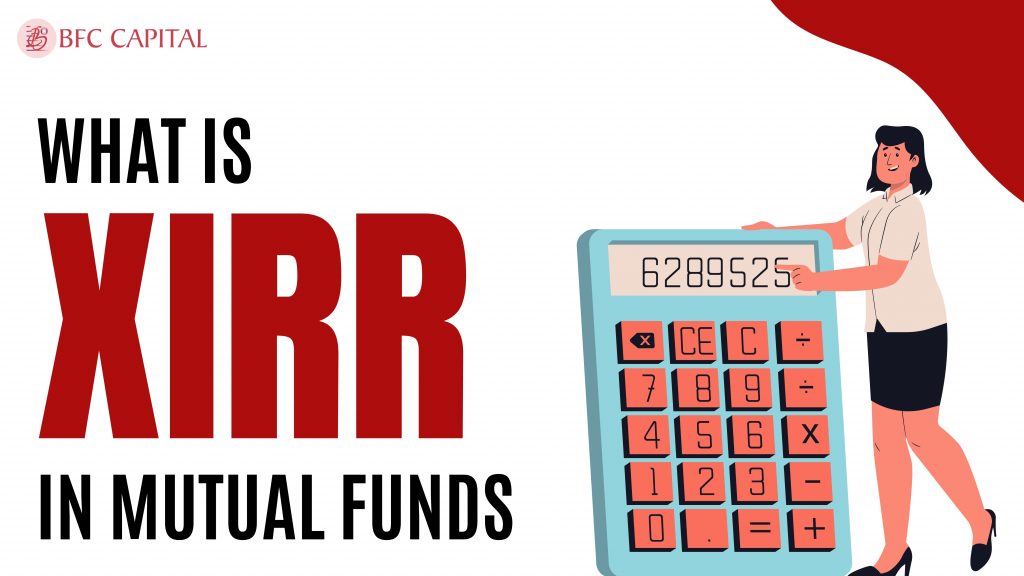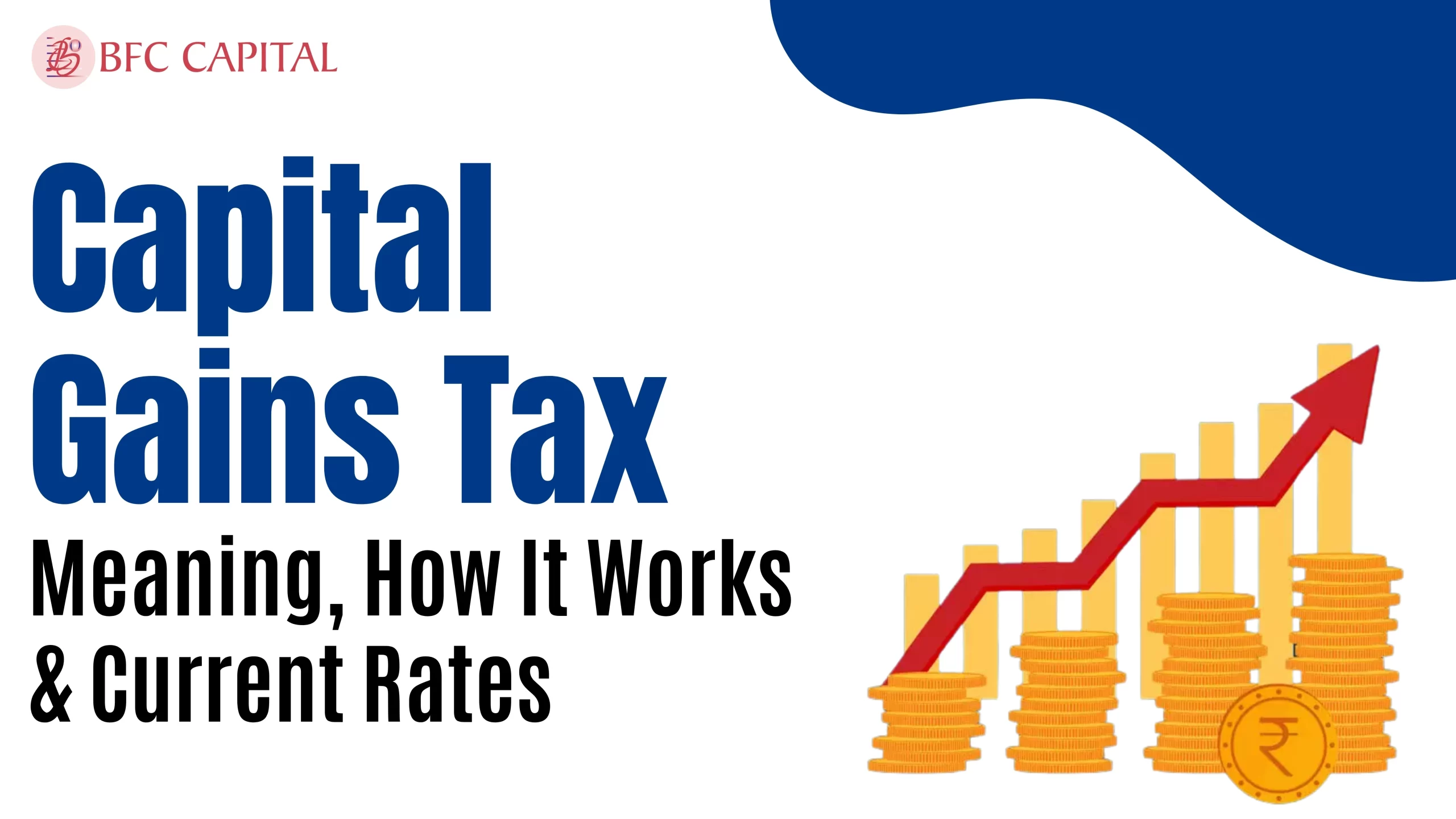
XIRR MUTUAL FUNDS
Imagine that you have embarked on a road trip with a tank full of petrol and stopped at several intervals to refill your tank and maybe buy snacks for the long road. At the end of the road trip, you may want to know how efficiently you used your resources like cash, petrol, etc.
Don’t you think calculating that might turn out to be tricky? Especially if you stopped at various intervals to fill your tank and eat? Calculating your expenses can be tricky when your resources keep fluctuating, or you make irregular purchases.
Imagine XIRR as a budgeting tool, which doesn’t only just track your expenses and resources but also considers the timing of your expenses. A lot of things could have happened such as you could’ve stopped at a fancy restaurant or maybe shopped for home, right? XIRR factors these ups and downs, giving you a more accurate picture of your finances.
This blog will uncover the magic of XIRR and translate financial jargon into simple and easy words to make you understand how XIRR works like a time machine for your money and help you understand the impact of cash flows. So let go of the basic Excel sheets and understand XIRR the ultimate tool for easy financial planning!
WHAT IS XIRR IN MUTUAL FUNDS?
Mathematically speaking, XIRR is that single rate of return that, when applied to every installment, would give the current value of the total investment.
XIRR, or extended internal rate of return, is your actual return on your investments! It is a metric used to calculate the return on investment for mutual fund investments. It is a formula used to measure the annualised return on investments that involve investments made and returns received at different time intervals. An effective method for assessing the success of your investments is XIRR.
To put it another way, XIRR merely computes the return on many investments that occur at various points in time. It accounts for multiple investments and withdrawals made by the investor at various intervals across time.
In the case of SIPs, there are multiple investments, and practically, the periods of payments may vary a little, so calculating returns for a SIP becomes tricky and complicated. Returns calculation in the context of SIPs is mostly done with XIRR.
UNDERSTANDING XIRR WITH AN EXAMPLE!
Let’s test the accuracy of XIRR with an example!
Assume you began and maintained a 10,000 rupee monthly SIP for five years. After many variations over the years, your investment amount had increased to 8.38 lakhs at the conclusion of five years.
In this example, your initial 10,000 rupees contributions were invested for five years or 60 months, and as each contribution remains invested for varying periods, its CAGR also fluctuates. Calculating the CAGR for each contribution could be complex and challenging.
Hence, XIRR is used to simplify this time-consuming process!
WHY IS XIRR IMPORTANT?
XIRR is a valuable tool for mutual funds, especially when dealing with irregular and fluctuating investment patterns. It allows you to calculate the return amount accurately rather than relying on estimated returns.
With xirr mutual funds, you can judge whether your investment portfolio is delivering the desired results and whether it needs to be tweaked and re-adjusted to perform better.
WHAT IS A GOOD XIRR?
A good XIRR depends on several factors, such as
- Risk tolerance
- Investment goals
- Time horizon
A good XIRR must be at least higher than the inflation rate, and it is essential to check it against the benchmark index and the average returns of similar mutual funds.
Calculations
XIRR can be easily calculated using Microsoft Excel. Excel provides an inbuilt function to calculate XIRR.
The formula to calculate XIRR in EXCEL is XIRR (value, dates, guess)
By applying the XIRR formula to investment flow under a SIP, you can accurately calculate the overall value of your investment by assigning specific dates to each inflow and outflow, ensuring precise return calculations.
Step-by-Step Process to Calculate in Excel
- Enter all your transactions in chronological order in one column. All outflows, such as SIP instalments or lump sum investments, will be market negative, while all inflows, such as redemptions, will be marked positive.
- In the next column, add the corresponding date of the transaction
- In the last row, mention the current value of your holding and the current date
- Now Use the XIRR function in Excel, which is something like this =XIRR (values, date, Guess)
- Choose values for a sequence of cash flows that match a payment schedule in dates. The dates in the date columns represent the dates of the initial investment and the cash flow receipt.
The guess parameter is optional (if you do not put any value, Excel uses a value of 0.1. A guess parameter is an initial estimate used as a starting point for calculations or optimisations.
IS XIRR ACCURATE?
XIRR is considered a more precise and accurate measure of returns on investment, which are irregular compared to other financial metrics like CAGR and SAR. XIRR considers the dates on which transactions and cash flows occurred, making it a more accurate measure of an investment’s annual performance.
XIRR is especially used in mutual funds, where cash flows occur irregularly, like SIPs. When evaluating a mutual fund’s performance, other financial indicators like CAGR and SAR presume that cash flows happen on a regular basis, which could produce inaccurate conclusions.
It should be remembered, nevertheless, that XIRR is not without its restrictions. The following are some of XIRR’s drawbacks:
- XIRR makes the assumption that cash flows can be reinvested at a rate of return equivalent to the initial investment.
- XIRR does not take the investing risks into consideration.
These were some of the significant limitations of XIRR that should always be considered.
ON A PARTING NOTE….
By now, you’ve hopefully gained a solid understanding of XIRR and its importance in evaluating your investments. Remember, XIRR goes beyond the primary picture – it considers the timing and size of your cash flows, giving you a more accurate gauge of your investment’s performance.
This knowledge empowers you to:
- Compare investments: Use XIRR to objectively compare the returns of different investment options, considering your specific investment pattern.
- Monitor development: To track the progress of your investment and spot possible areas for improvement, compute XIRR frequently.
Make wise choices: You may make well-informed decisions about future contributions, diversification, and overall investment strategy by having a comprehensive grasp of the returns on your investment.
Therefore, the next time you evaluate your investments, don’t settle for a simple computation. Accept the power of XIRR to gain a better comprehension of your financial path. Never forget that an informed investor makes profitable investments!
Are you prepared to begin investing and take charge of your financial future? There are countless options!
Kindly respond to this post in the comments area with your opinions.
To learn more about mutual funds, contact us via Phone, WhatsApp, or Email, or visit our Website. Alternatively, you can download the Prodigy Pro app to start investing today!
Disclaimer – This article is for educational purposes only and does not intend to substitute expert guidance. Mutual fund investments are subject to market risks. Please read all the scheme-related documents carefully before investing.






